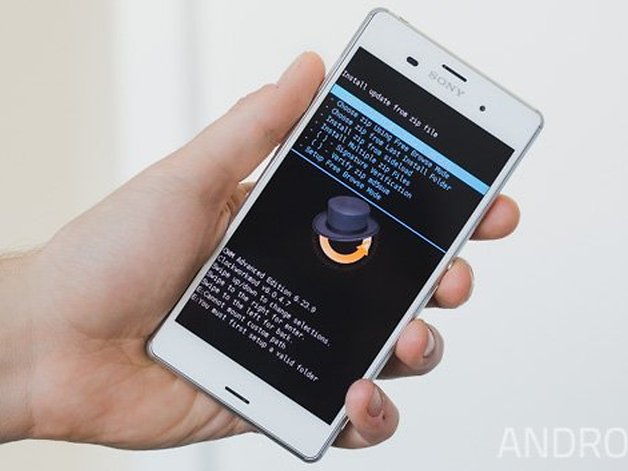

How to check a user have crontab Access permissions or not

SLOC: 15K Java + 5K SQL Raw data is TB-level. We may also leverage other auxiliary metrics Subject: .tether Behavior: Ģ3 Implementation 8-node Hadoop Cluster, 256 GB Memory. We highlight the ones we need further investigation.

Then we overlay the classification result with the types in their corresponding AVC denials.

However, it is non-trivial to write a good policy, even hacker says it is difficult.Ĩ Policy Example (Same as SELinux policy)Ībstract types Concrete Subjects/Objects app_data_file /data/data/.* Allow rules grant benign operations allow appdomain app_data_file:file After multiple rounds of expansion, previous unlabeled sbjs & behaviors are connected in graphs centered with initial labeled data Since we focus on concrete sbjs/objs, we further investigate whether the type mapping can be improved. Only a good policy can achieve the purpose of MAC. “Vendors don’t know how to write policies” “Defeat SEAndroid” at Defcon 2013 So the most important thing in SEAndroid is the policy. Mandatory Access Control confine flawed/malicious apps and reduce attack surface/limit damage from unauthorized operations Default policies: very permissive and unconfined (4.3/4.4) to enforced and more confined (5.0) Introduce what SELinux is, and explain the new things added into SEAndroid when porting SELinux to Androidįirst vendor enforces SEAndroid in flagship commercial devices /* Revise policy to work with KNOX containers to provide strong isolation between personal and business apps */ Harden the system from various root exploits and privilege escalation of untrusted apps Subject-Behavior Classification Policy Refinement Implementation & Current Results Future Work Here is our agendaĪndroid Framework & Applications SEAndroidĥ SEAndroid Based on SELinux, ported to Android since 4.3 This time, we are trying to help Samsung’s SEAndroid policy analysts to understand real-world attacks in mobile devices and help them make better decisions on developing security policy for defense.ģ Outline SEAndroid Background Motivation and Challenges EASEAndroid Previously, Automated Service Discovery in Networks Automated Analysis and Snort Rule Generation for Metasploit-like Exploits Now Enhancing SEAndroid Policy by Learning from Security Analysts (work-in-progress) We continue the path of helping security analyst better understand and analyze the security situation and provide better defense. Via Large-scale Audit Log Analytics Ruowen Wang, Xinwen Zhang, Peng Ning, Douglas Reeves, William Enck This is a joint work with Samsung Knox team 1 EASEAndroid: Automatic Analysis and Refinement for SEAndroid Policy


 0 kommentar(er)
0 kommentar(er)
